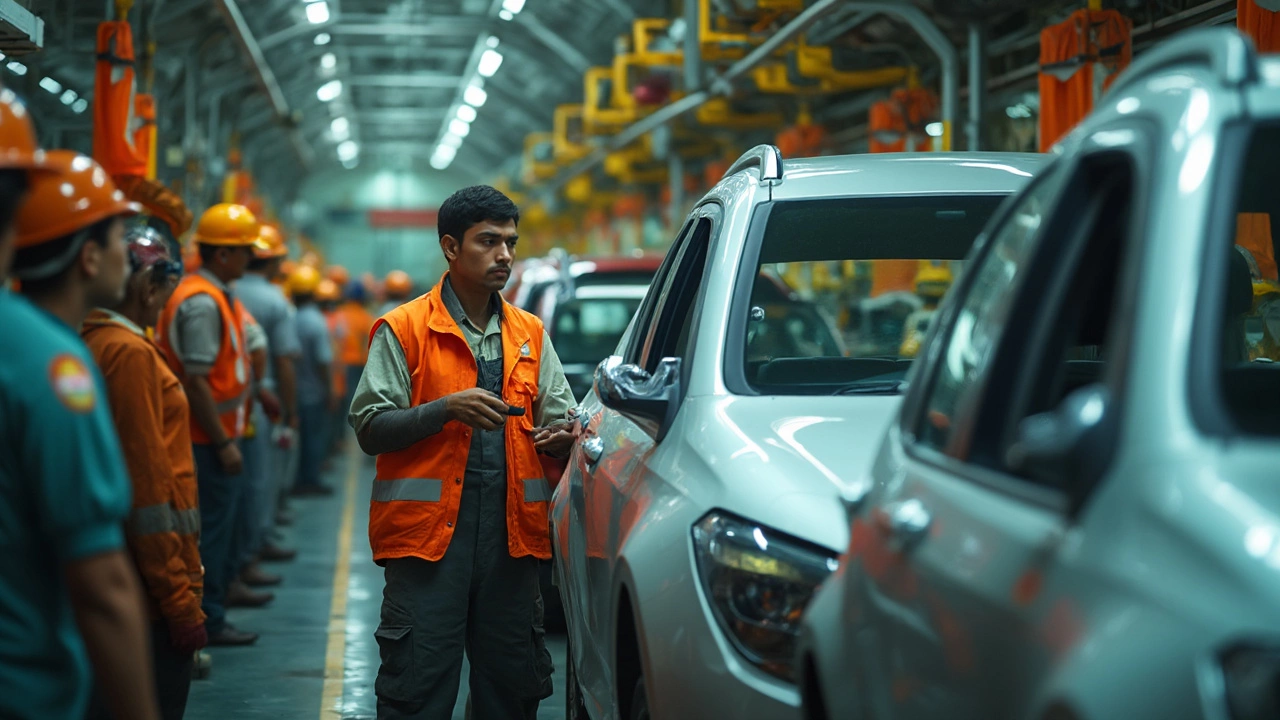Vehicles in Indian Manufacturing: Trends, Opportunities and Insights
India’s vehicle sector is buzzing right now. From passenger cars to heavy trucks, factories are cranking out more units than ever. If you’re wondering why this matters, think about the jobs, the export potential, and the tech spill‑over into other industries. This guide breaks down the key drivers, the challenges you might hit, and what you can do to jump on the fast‑moving train.
What’s fueling the growth?
First off, consumer demand is up. Rising incomes and urbanisation mean more families want a car, while logistics firms need trucks to move goods across the country. The government backs this with policies like the Make in India initiative and tax breaks for electric‑vehicle (EV) production. Those incentives have attracted global OEMs and gave local players a chance to scale quickly.
Second, technology is reshaping the shop floor. Automation, robotics, and AI‑driven quality checks are cutting waste and speeding up assembly lines. Even small‑batch manufacturers can now afford smart tools, thanks to lower equipment costs and leasing options. The result? Faster time‑to‑market and a tighter grip on product consistency.
Where to find opportunities?
If you’re a startup, consider niche components rather than whole cars. Parts like battery management systems, lightweight chassis modules, or eco‑friendly interior trims are in high demand and require less capital. Partnering with an existing OEM as a contract manufacturer can give you access to their supply chain while you focus on innovation.
For investors, the EV segment looks especially attractive. India aims to have 30% of new vehicles electric by 2030, so battery suppliers, charging‑station builders, and software providers stand to gain. Keep an eye on state‑level policies; some regions offer additional subsidies for setting up production units there.
Don’t forget raw material sourcing. Most vehicle plastics and polymers come from a handful of global producers, but India is developing its own petrochemical parks. Tapping into local resin suppliers can lower costs and improve turnaround times, especially when you need custom colors or recycled content for sustainability claims.
Finally, stay on top of compliance. Emission norms, safety standards, and recycling regulations are tightening fast. Getting certifications early—like BS‑VI for engines or IS‑12345 for quality—can save you headaches later and make your product more marketable abroad.
In short, the Indian vehicle manufacturing scene is vibrant and full of openings. Whether you’re building a new part, chasing EV incentives, or simply looking to understand the market, the key is to act now, stay flexible, and keep an eye on policy shifts. The road ahead is busy, but with the right moves you can ride the growth wave smoothly.

India Automobile Manufacturing: Does India Produce Cars?
India absolutely produces automobiles, from compact hatchbacks to heavy trucks. It’s home to some of the world’s largest carmakers and plays a huge role in exporting vehicles across the globe. The country’s auto industry helps support millions of jobs and drives related tech, from electric vehicles to automation. Whether you’re curious about made-in-India car brands or want to understand how the sector works, this article peels back the curtain. Get ready for a closer look at what powers the Indian auto assembly lines.
Read More